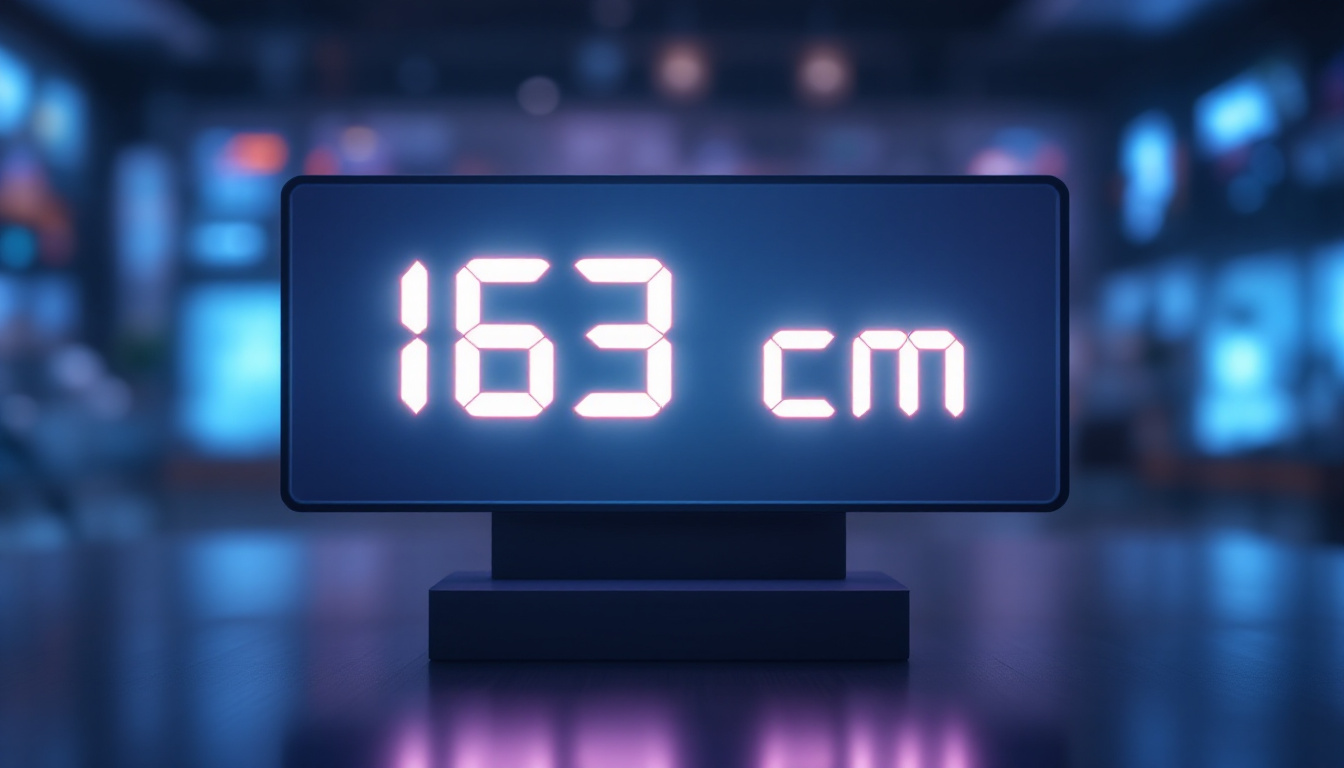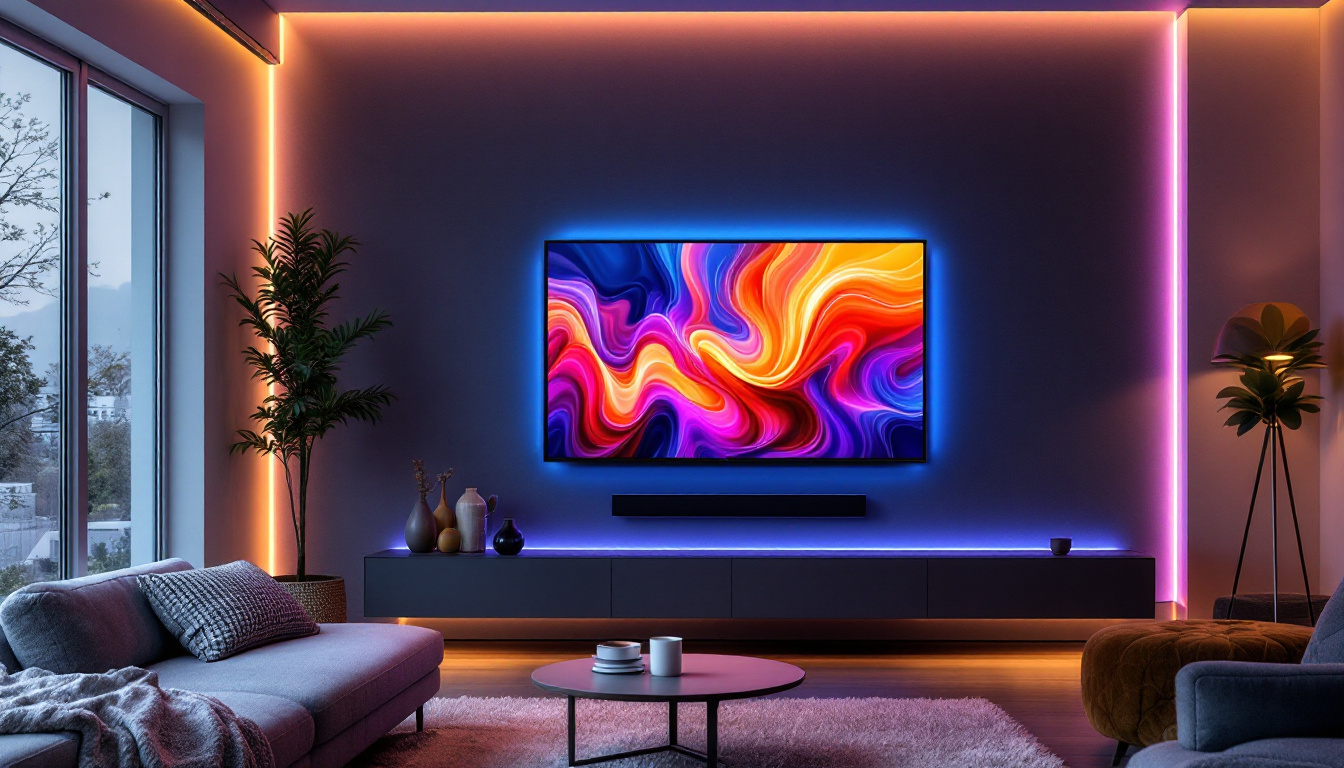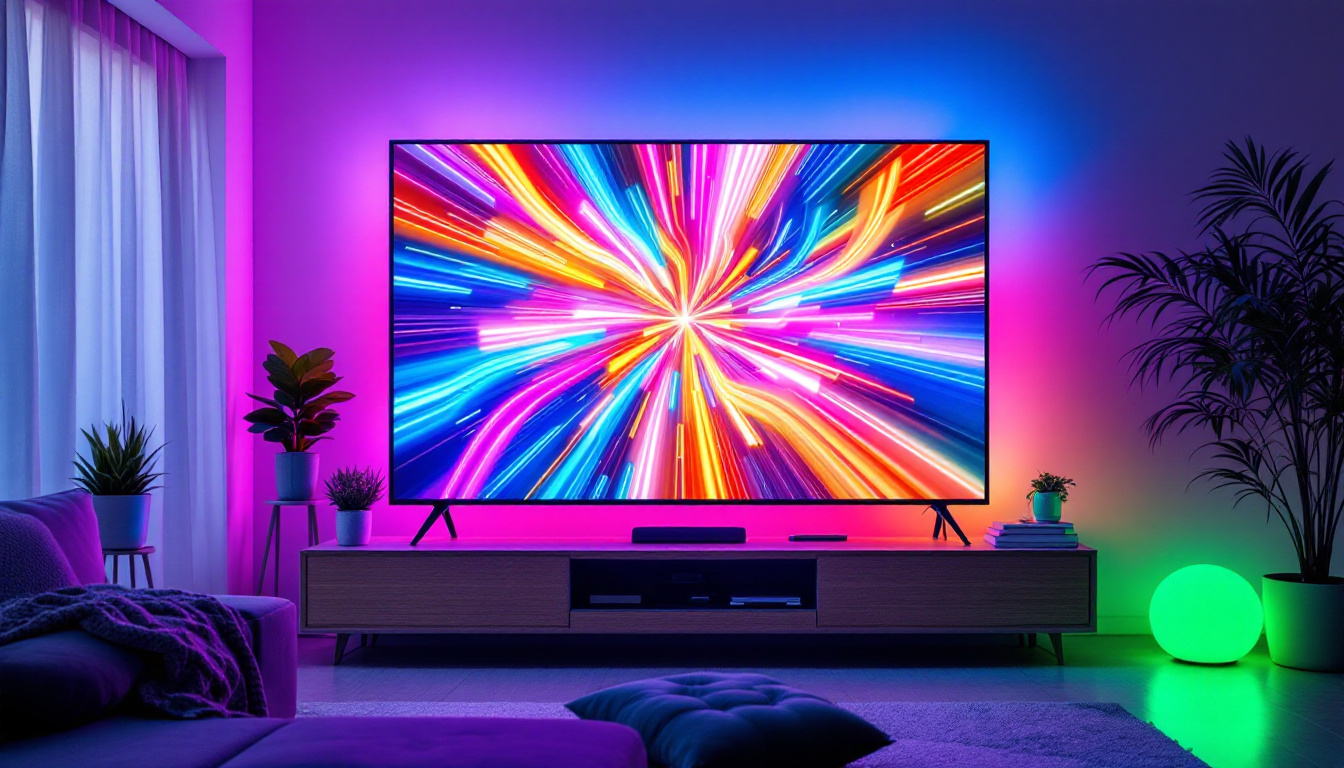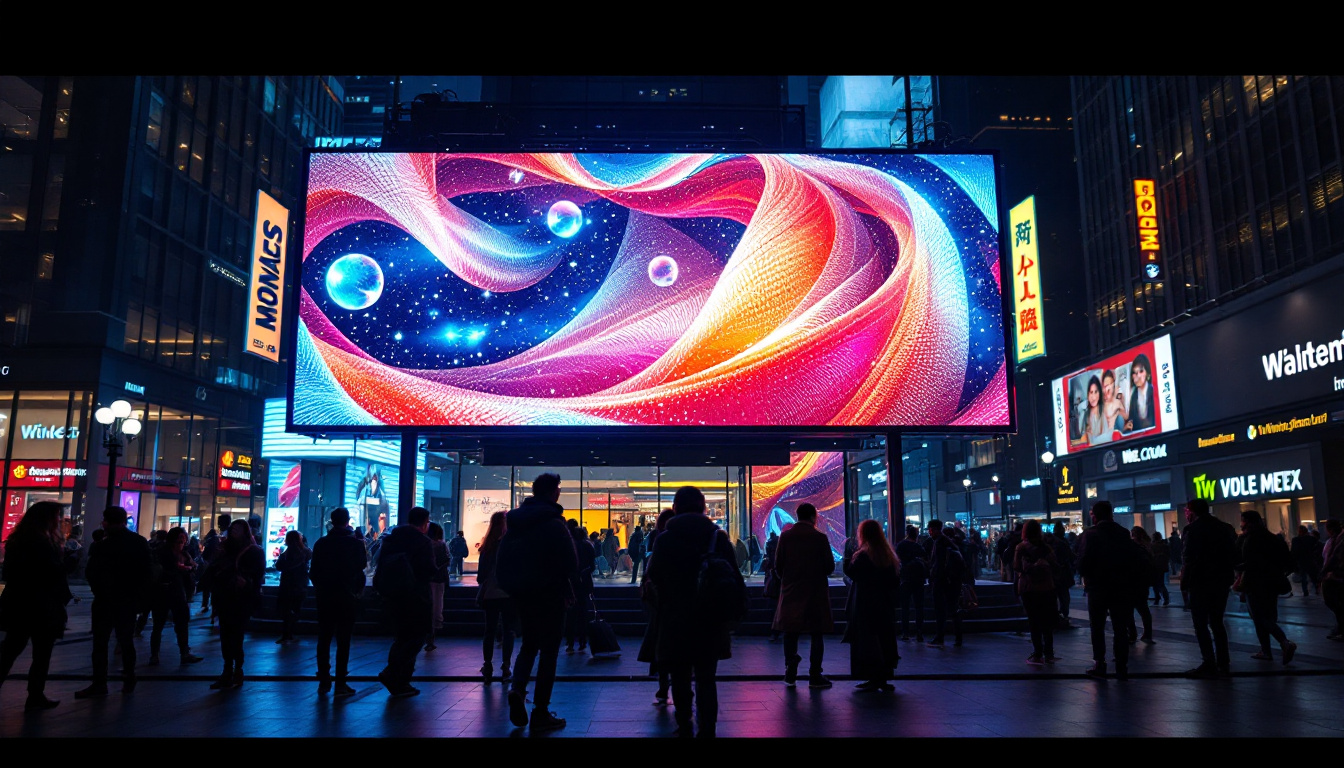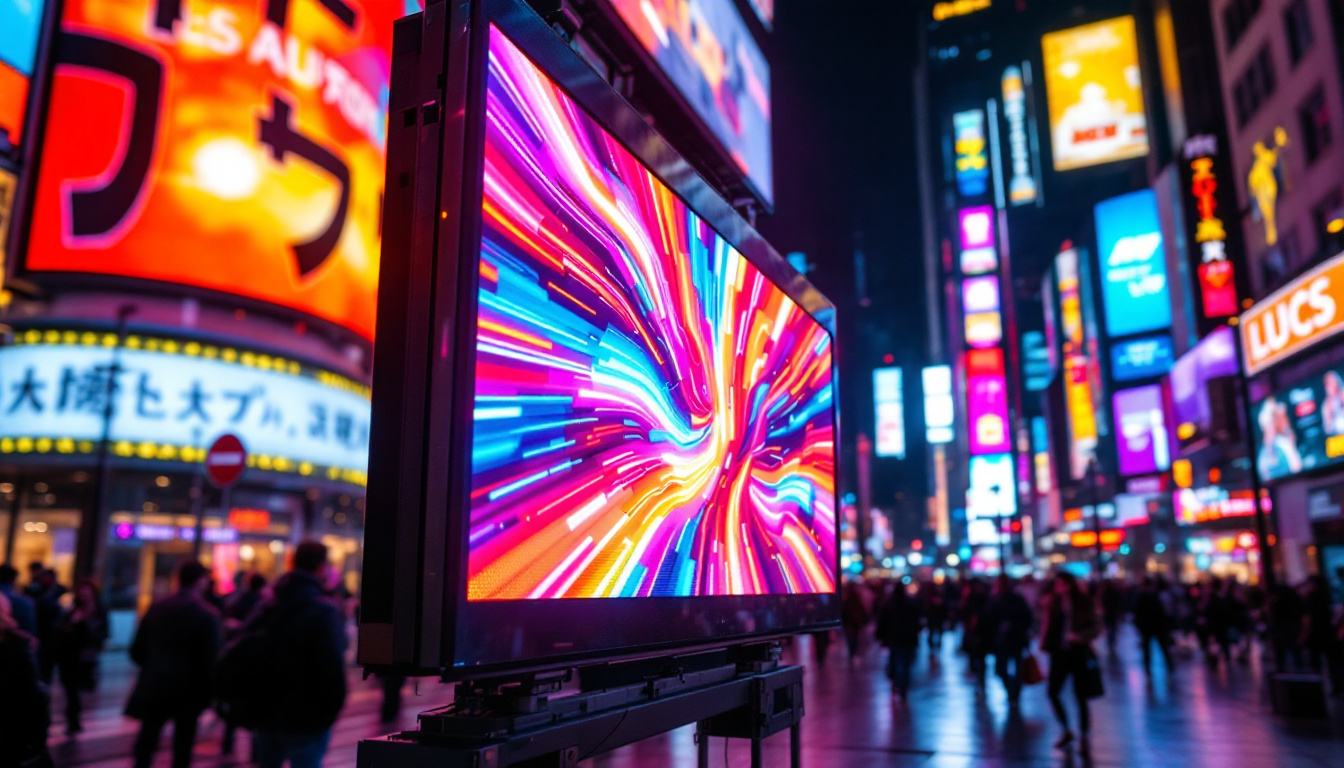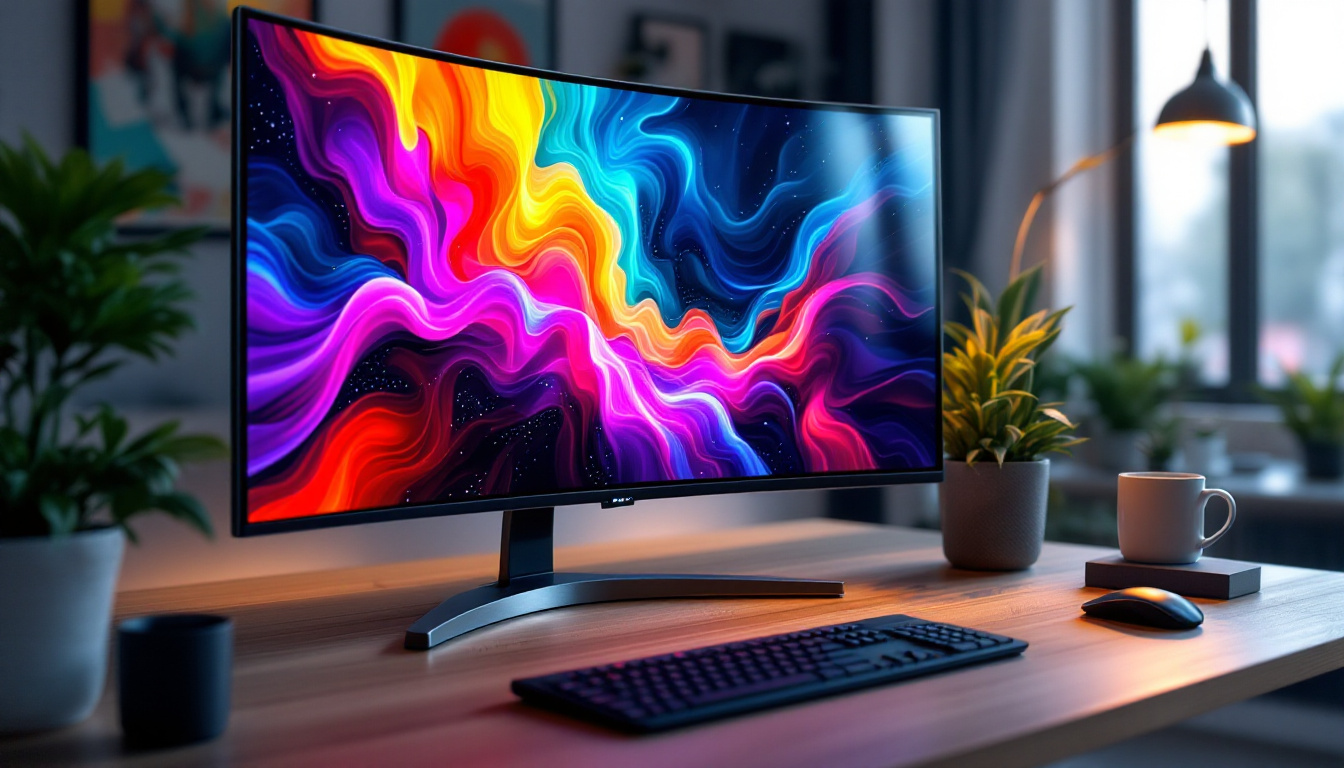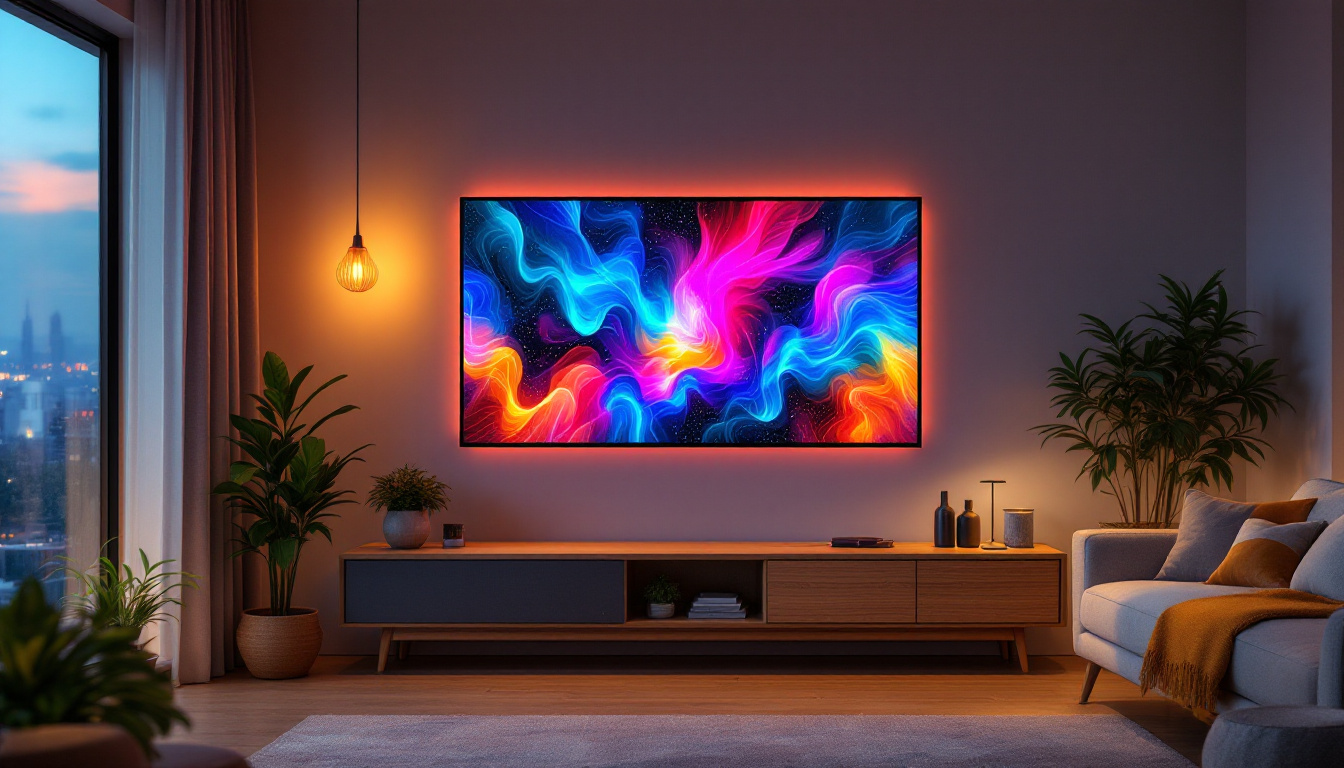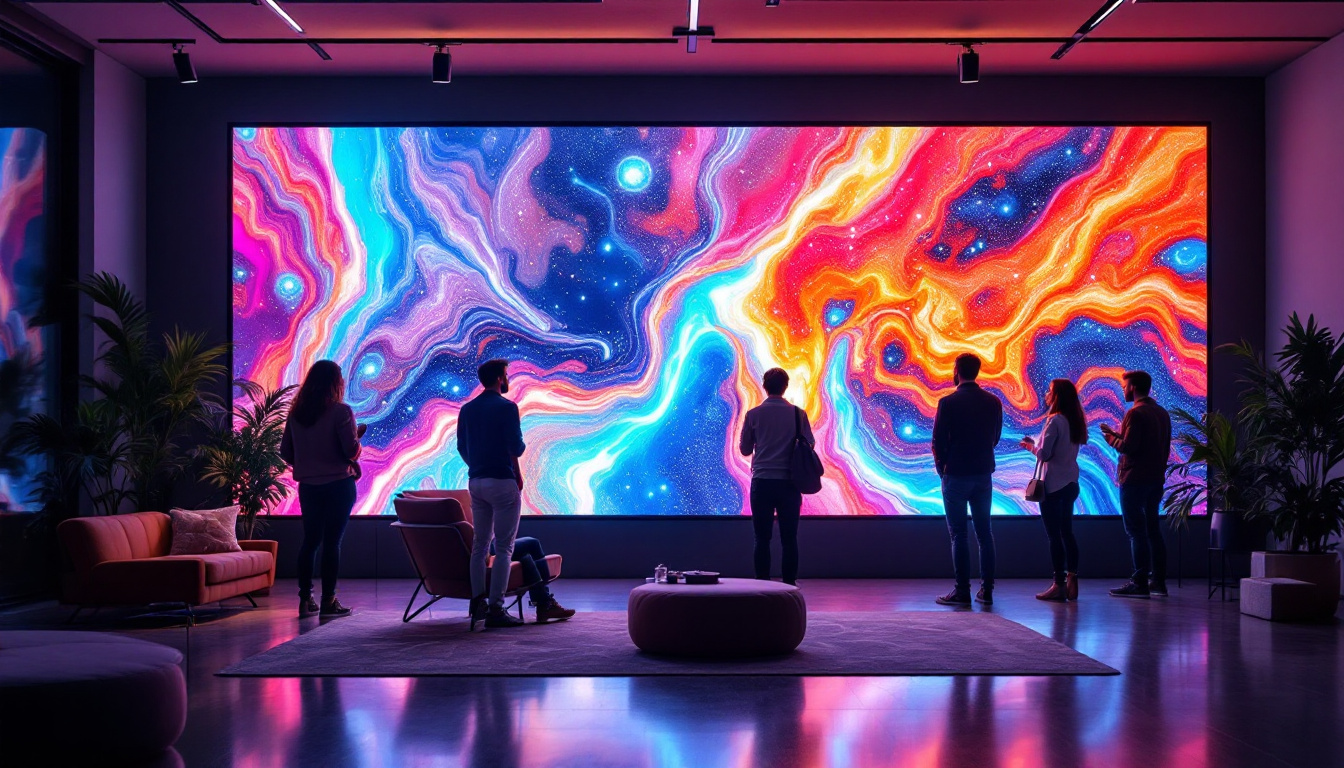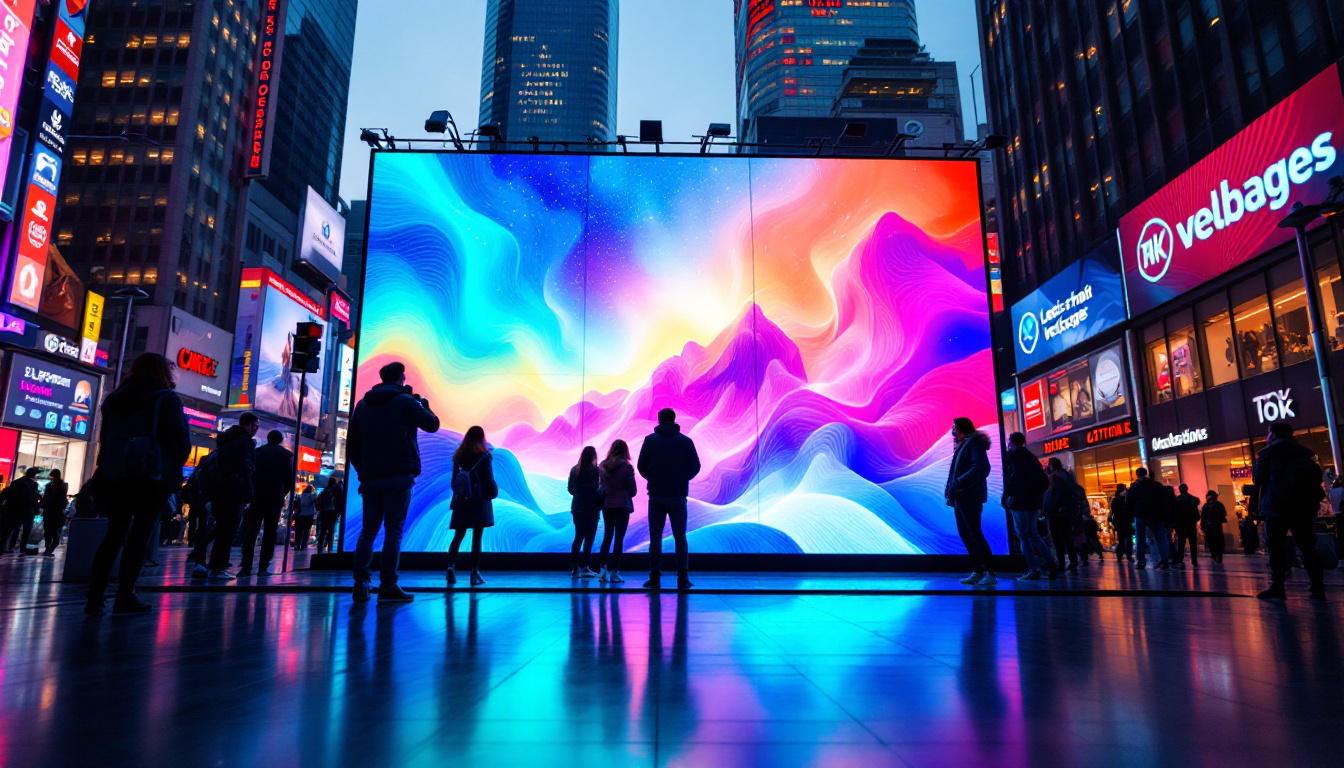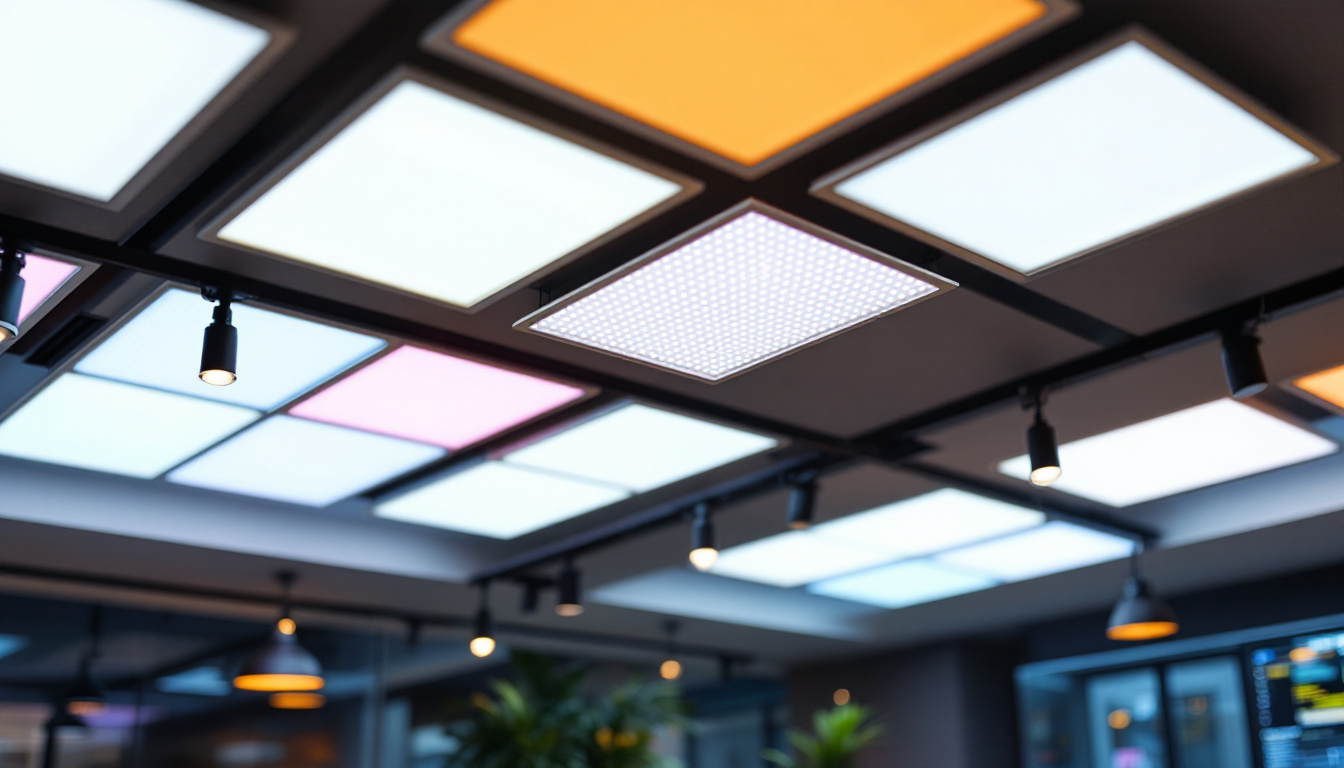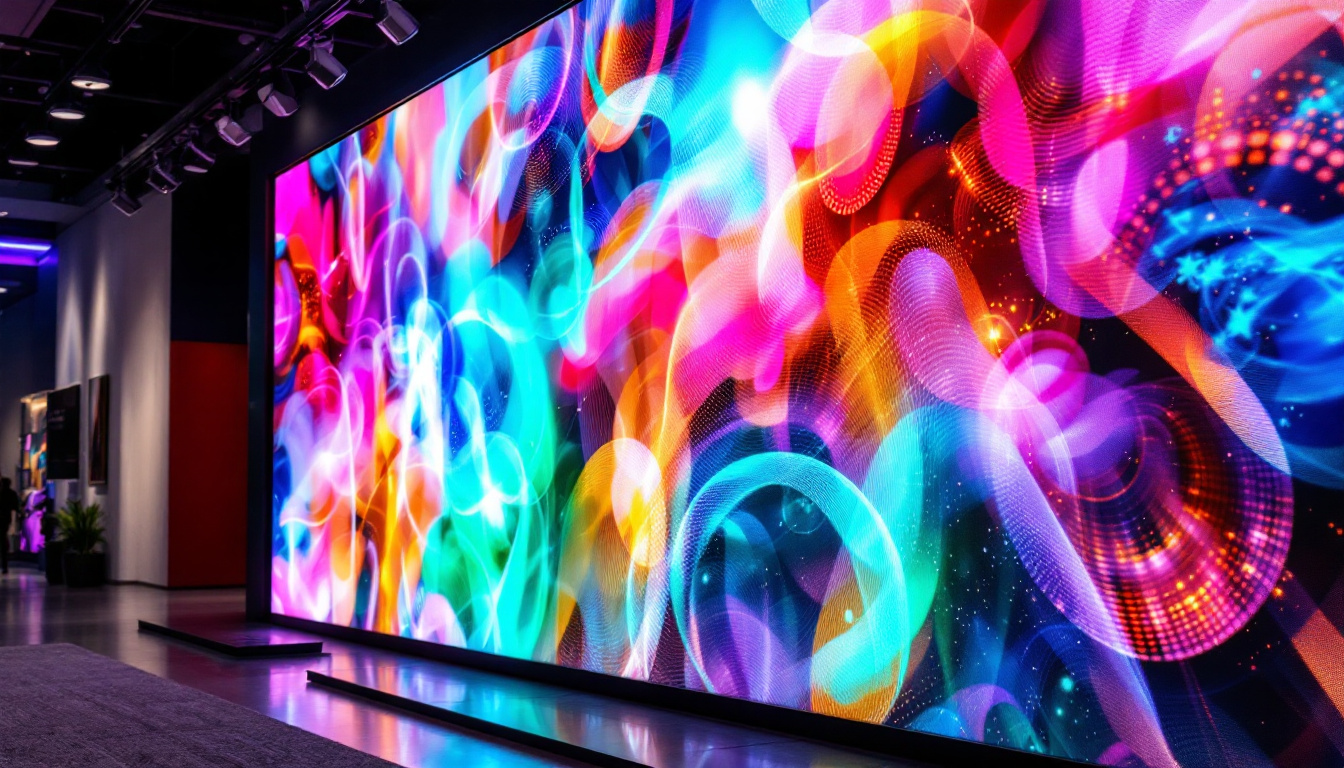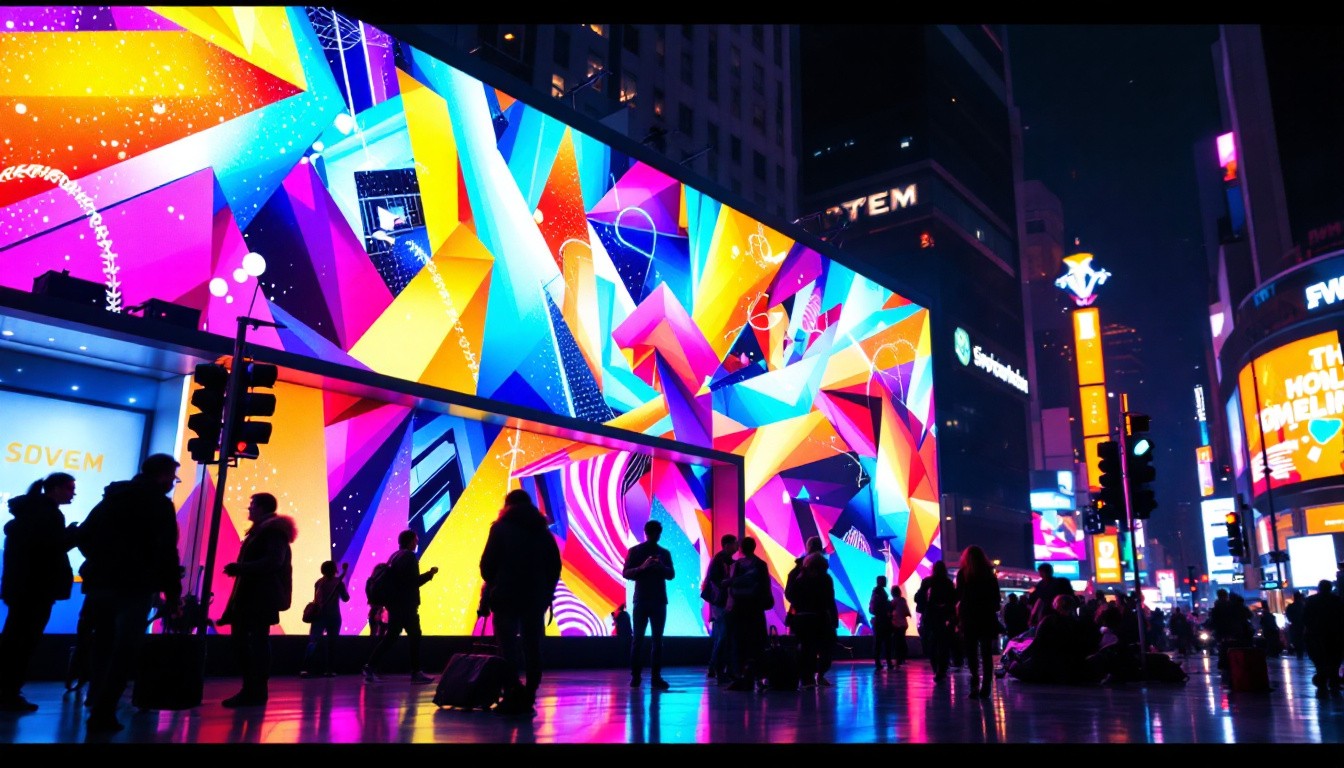In an increasingly globalized world, understanding measurement conversions is essential. Whether it’s for personal projects, professional tasks, or simply satisfying curiosity, knowing how to convert centimeters to feet and inches can be incredibly useful. This article delves into the conversion of 163 centimeters into feet and inches, while also exploring the fascinating world of LED displays and their applications in modern technology.
Understanding the Basics of Measurement Conversion
Measurement conversions are a fundamental aspect of mathematics and science. The metric system, which includes centimeters, is widely used around the world, while the imperial system, featuring feet and inches, is primarily used in the United States and a few other countries. Understanding how to convert between these systems is crucial for various fields, including engineering, construction, and everyday life. In addition to these practical applications, measurement conversions also play a significant role in international trade and commerce, where precise measurements can determine the success of transactions and the compatibility of products across different markets.
Why Convert Centimeters to Feet and Inches?
Conversions are often necessary for practical applications. For instance, when purchasing furniture or home decor, measurements are typically provided in inches or feet. If a person is accustomed to the metric system, converting these measurements can help ensure that items fit properly in their space. Additionally, in fields such as healthcare and fitness, accurate conversions can impact patient care and exercise regimens. For example, when creating personalized workout plans, fitness professionals may need to convert height and weight measurements to ensure they are using the correct metrics for body mass index (BMI) calculations, which can influence health assessments and recommendations.
The Conversion Formula
To convert centimeters to feet and inches, one must first understand the relationship between these units. One foot equals 30.48 centimeters, and one inch equals 2.54 centimeters. The conversion process involves dividing the number of centimeters by 30.48 to get the feet, and then taking the remainder to convert into inches. This method ensures that the conversion is accurate and straightforward. Additionally, it’s helpful to remember that there are online calculators and conversion tools available that can simplify this process, especially for those who may not be as comfortable with manual calculations. These tools can save time and reduce the risk of errors, making it easier for individuals in various fields to focus on their core tasks without getting bogged down by the complexities of measurement conversions.
Calculating 163 Centimeters in Feet and Inches
Now that the basics of measurement conversion are understood, let’s apply this knowledge to convert 163 centimeters into feet and inches. The process is simple and can be broken down into clear steps.
Step-by-Step Conversion Process
1. **Convert Centimeters to Feet**: Start by dividing 163 by 30.48. This gives approximately 5.35 feet.
2. **Extract Whole Feet**: The whole number part of the result is 5 feet. This is the first part of the conversion.
3. **Calculate Remaining Inches**: To find the remaining inches, take the decimal part (0.35) and multiply it by 12 (since there are 12 inches in a foot). This results in approximately 4.2 inches.
In summary, 163 centimeters is equivalent to 5 feet and approximately 4.2 inches.
Practical Applications of the Conversion
Understanding how to convert centimeters to feet and inches is not just academic; it has real-world applications. For instance, when shopping for clothing, knowing one’s height in both metric and imperial units can help in selecting the right size. Similarly, in construction, accurate measurements ensure that materials fit as intended, preventing costly mistakes.
Additionally, this conversion can be particularly useful in sports and fitness. For athletes, knowing their height in both systems can aid in comparing performance metrics with international standards, where different countries may use different units of measurement. Furthermore, when participating in global events or competitions, having a clear understanding of one’s measurements can enhance communication and ensure compliance with regulations that may specify dimensions in either metric or imperial units.
Moreover, in the realm of health and wellness, height is often used in calculating Body Mass Index (BMI), which is a crucial indicator of health. By converting height measurements accurately, individuals can better assess their health status and make informed decisions regarding their fitness routines and dietary choices. Thus, the ability to convert centimeters to feet and inches is not only a practical skill but also a valuable tool in various aspects of life.
LED Displays: An Overview
Having explored measurement conversions, it is also essential to understand the technology that often utilizes these measurements—LED displays. Light Emitting Diodes (LEDs) have revolutionized the way information is presented visually, making them a staple in various industries.
What is an LED Display?
An LED display is a flat panel display that uses LEDs as its light source. These displays can vary in size and resolution, catering to a wide range of applications from small screens on electronic devices to large outdoor billboards. The technology behind LED displays allows for vibrant colors, high brightness, and energy efficiency, making them an attractive option for both consumers and businesses. The lifespan of LED displays is significantly longer than traditional display technologies, often exceeding 50,000 hours, which further enhances their appeal in both commercial and residential settings.
Types of LED Displays
LED displays come in various types, each designed for specific purposes. Some of the most common types include:
- Indoor LED Displays: These are typically used in venues such as theaters, conference rooms, and retail spaces. They offer high resolution and are designed for close viewing. Their ability to produce crisp images and text makes them ideal for presentations and advertising in environments where detail is crucial.
- Outdoor LED Displays: Built to withstand the elements, these displays are used for advertising billboards, sports arenas, and public events. They are brighter and more durable than indoor displays, ensuring visibility even in direct sunlight. Additionally, many outdoor displays feature advanced weatherproofing and anti-glare technology, making them reliable in various environmental conditions.
- Transparent LED Displays: A newer innovation, these displays allow viewers to see through them while still presenting information. They are often used in retail environments to showcase products behind the screen. This unique feature not only enhances the aesthetic appeal of storefronts but also engages customers by blending digital content with physical products seamlessly.
Moreover, the versatility of LED technology extends beyond just displays. Innovations such as flexible LED screens are gaining traction, allowing for creative installations that can conform to various shapes and surfaces. This adaptability opens up new avenues for artistic expression in advertising, entertainment, and architectural design. As the technology continues to evolve, we can expect even more exciting developments that push the boundaries of how we interact with visual information.
How LED Displays Work
The functionality of LED displays is based on the principles of light emission and color mixing. Understanding how these displays work can provide insights into their advantages and applications.
The Technology Behind LED Displays
LED displays consist of numerous tiny light-emitting diodes that are arranged in a grid. Each diode emits light when an electric current passes through it. By combining different colors of light (red, green, and blue), the display can produce a wide spectrum of colors. This RGB (Red, Green, Blue) color model is fundamental to how images and videos are rendered on the screen.
Advantages of LED Displays
LED displays offer numerous advantages over traditional display technologies, such as LCDs and CRTs. Some key benefits include:
- Energy Efficiency: LED displays consume less power, making them more environmentally friendly and cost-effective in the long run.
- Brightness and Visibility: They provide superior brightness, ensuring visibility even in direct sunlight, which is particularly important for outdoor applications.
- Longevity: LED technology has a longer lifespan compared to other display types, reducing the need for frequent replacements.
Applications of LED Displays in Various Industries
LED displays have found applications across numerous industries, showcasing their versatility and effectiveness in communication and advertising.
Advertising and Marketing
One of the most prominent uses of LED displays is in advertising. Billboards and digital signage utilize LED technology to attract attention and convey messages dynamically. The ability to change content quickly allows businesses to promote sales, events, or new products in real-time.
Entertainment and Events
In the entertainment industry, LED displays are commonly used in concerts, theater productions, and sporting events. They enhance the audience’s experience by providing vibrant visuals and clear information, such as scores or announcements. The flexibility of LED technology allows for creative stage designs and immersive environments.
Transportation and Navigation
LED displays are also crucial in transportation. They are used in traffic signals, public transportation schedules, and airport information boards. These displays provide real-time updates, improving the efficiency of travel and ensuring passengers have the latest information at their fingertips.
The Future of LED Display Technology
As technology continues to evolve, so too does the potential for LED displays. Innovations in this field promise to enhance their functionality and applications further.
Advancements in Display Technology
Future advancements may include higher resolutions, flexible displays, and even interactive features. Researchers are exploring ways to integrate augmented reality with LED technology, creating immersive experiences that blend the digital and physical worlds.
Environmental Considerations
As sustainability becomes a priority, the development of eco-friendly LED displays is gaining traction. Manufacturers are focusing on reducing the environmental impact of production and disposal, ensuring that the technology aligns with global sustainability goals.
Conclusion
Understanding how to convert measurements from centimeters to feet and inches is a valuable skill that facilitates communication and practical applications across various fields. Coupled with the knowledge of LED displays, this article highlights the importance of both measurement and technology in modern society.
As LED technology continues to advance, its applications will expand, providing new opportunities for innovation and creativity. Whether in advertising, entertainment, or everyday life, LED displays will remain a vital component of how information is visually communicated.
In summary, the conversion of 163 centimeters to feet and inches is just one small aspect of a broader understanding of measurements and technology. Embracing these concepts can lead to enhanced experiences and improved outcomes in various endeavors.
Explore Cutting-Edge LED Display Solutions with LumenMatrix
As you’ve seen, the precision of converting measurements like 163 centimeters to feet and inches is crucial in various applications, much like the precision required in creating impactful visual displays. LumenMatrix stands at the forefront of LED display technology, offering an array of innovative solutions that bring your visual communication to life. From Indoor and Outdoor LED Wall Displays to specialized options like Vehicle and Sports LED Displays, LumenMatrix tailors to your unique needs. Discover how our LED Poster, Floor, Custom, All-in-One, and Transparent Displays can transform your space and captivate your audience. Check out LumenMatrix LED Display Solutions today and experience the future of visual storytelling.

